06:31
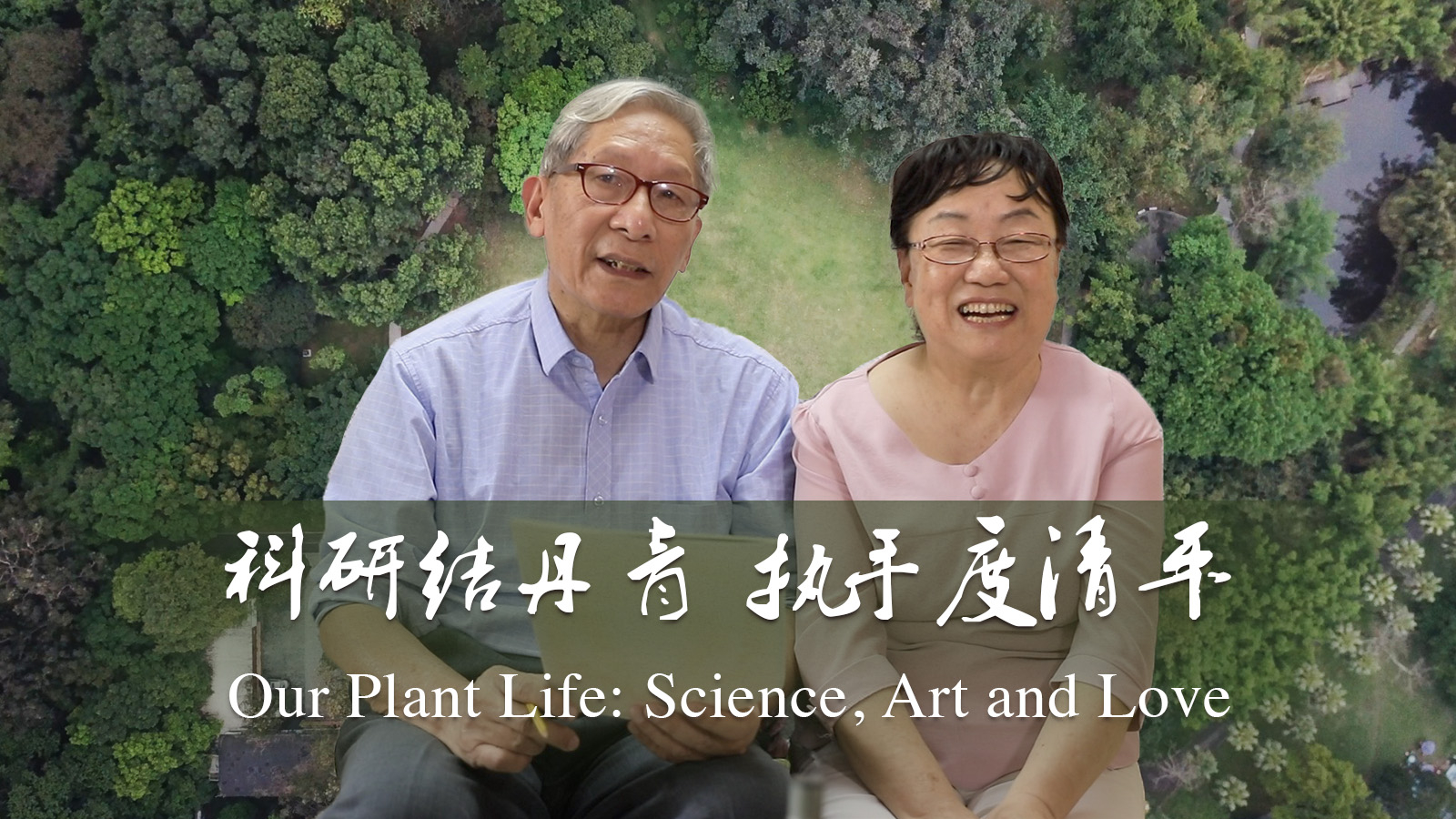
Some couples work hand-in-hand. Many appreciate the beauty of the natural world. Few combine the two as romantically as Yu Feng and Chen Zhongyi: They have dedicated their lives to botanical science, art – and love.
Plants brought them together.
Yu is a professional botanical artist. Chen is a plant taxonomist, researcher and doctoral supervisor at the South China Botanical Garden (SCBG), China Academy of Sciences in Guangzhou.

Botanical paintings by Yu Feng
Botanical paintings by Yu Feng
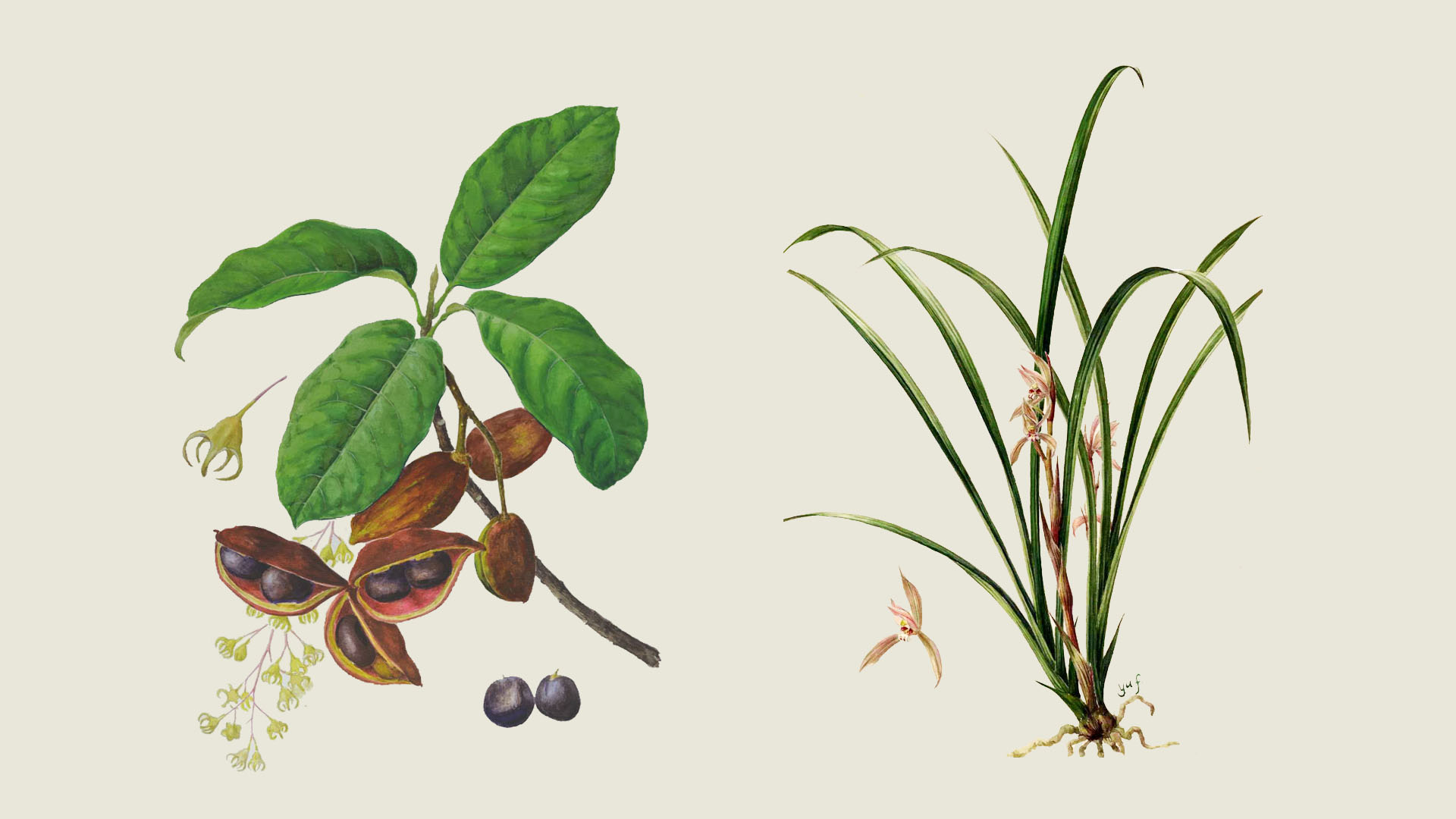
Botanical paintings by Yu Feng /Photo courtesy of Yu Feng
Botanical paintings by Yu Feng /Photo courtesy of Yu Feng
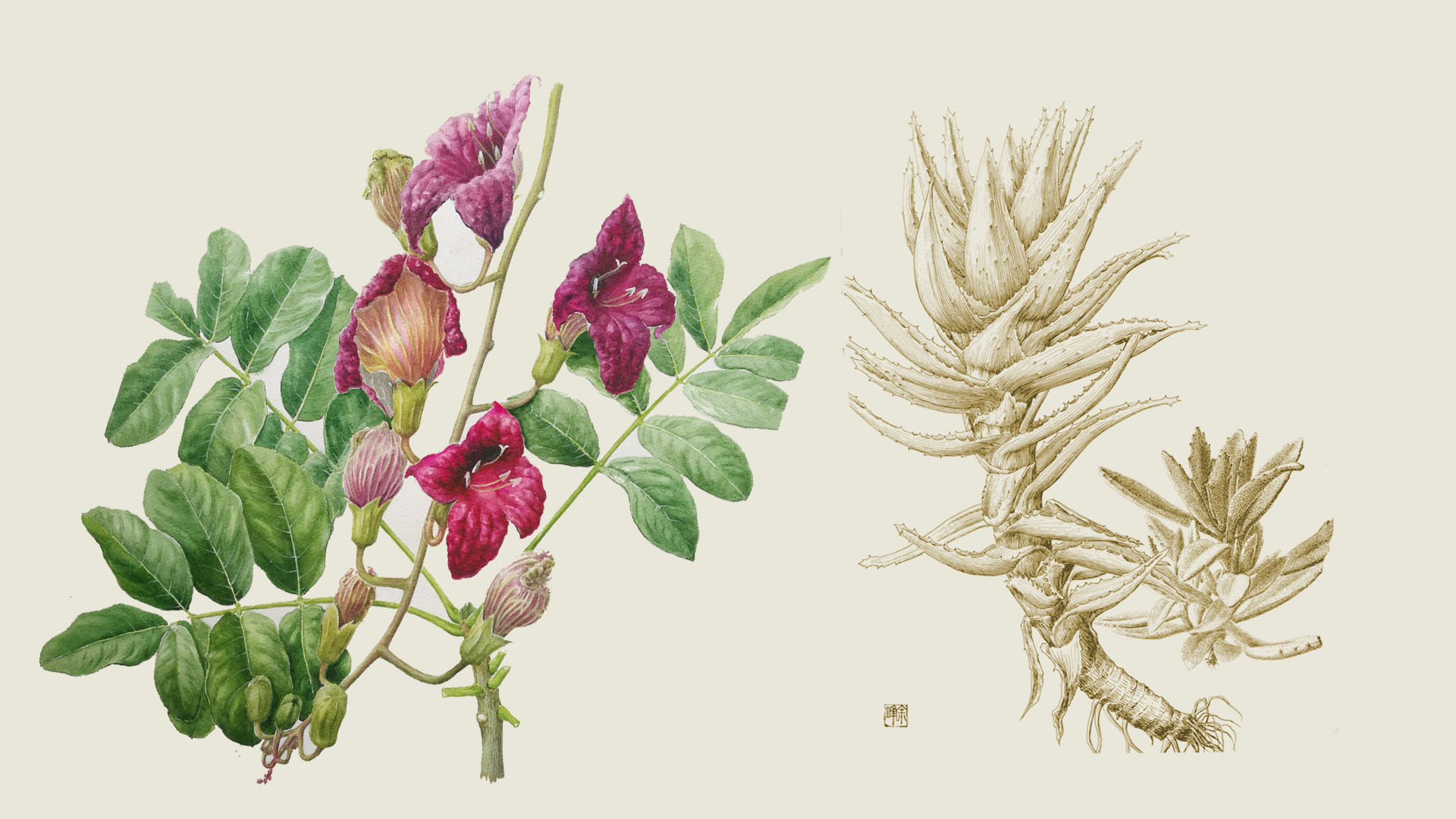
Botanical paintings by Yu Feng
Botanical paintings by Yu Feng
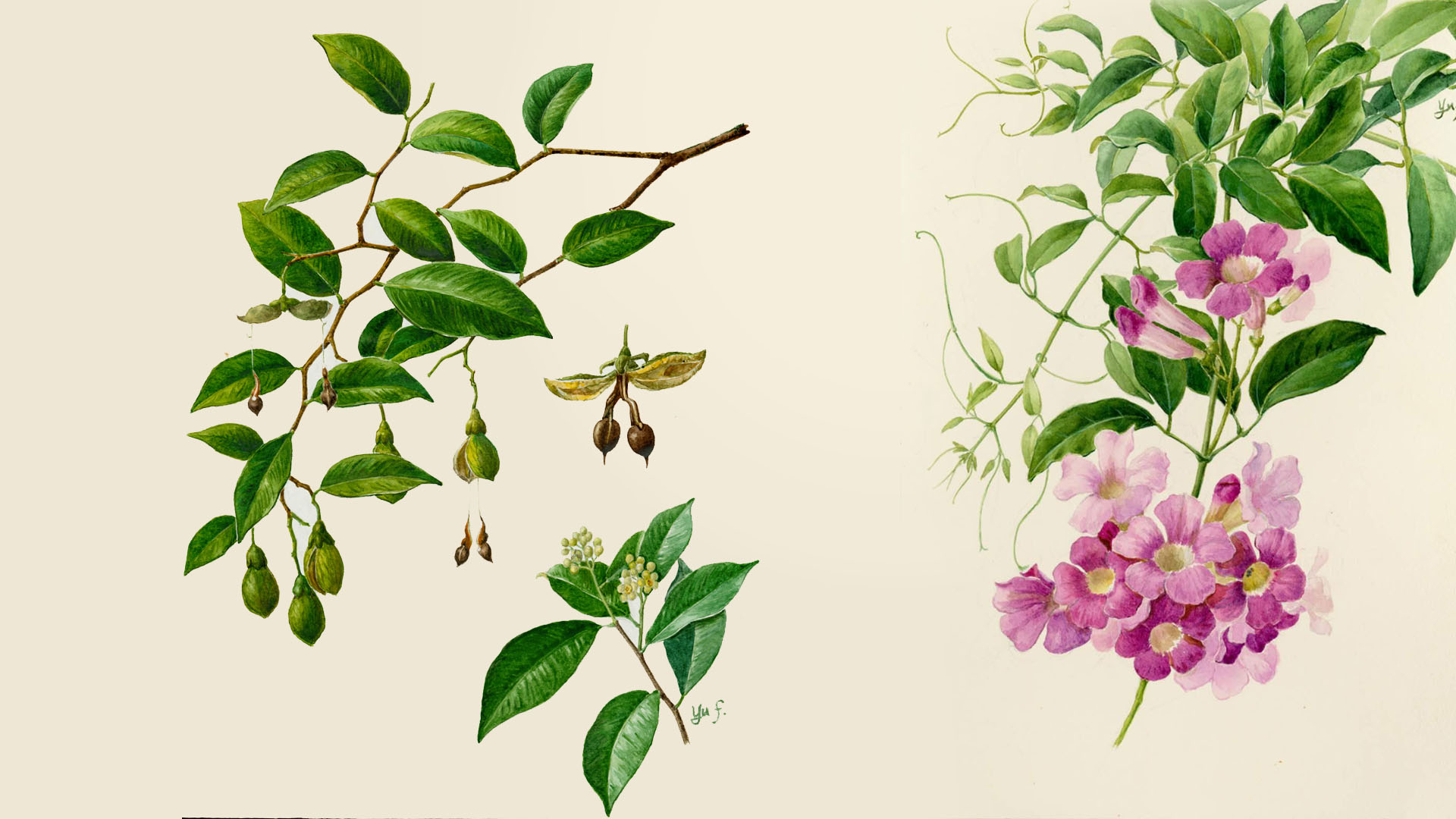
Botanical paintings by Yu Feng /Photo courtesy of Yu Feng
Botanical paintings by Yu Feng /Photo courtesy of Yu Feng
They have been married for 47 years, growing with botanical research from the bright bloom of youth to their graying older years.
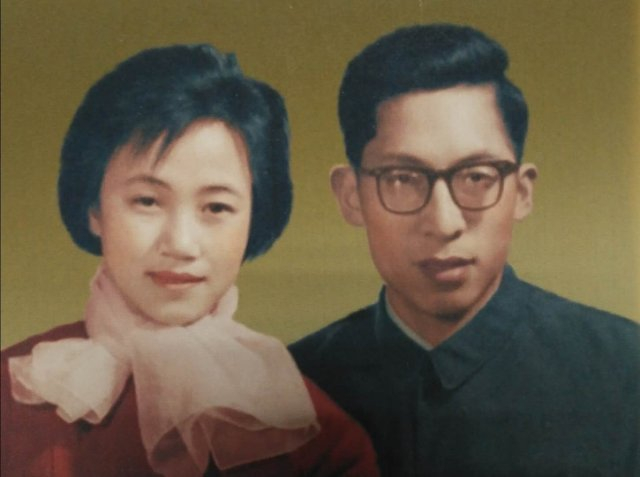
Chen Zhongyi (R) and Yu Feng's wedding photo from 1972 /Photo courtesy of Yu Feng
Chen Zhongyi (R) and Yu Feng's wedding photo from 1972 /Photo courtesy of Yu Feng
Chen was first assigned to work at the former South China Institute of Botany (SCIB) in 1965. In 1972, 26-year-old Yu and 29-year-old Chen were married in Shanghai. Four years later, artistic designer Yu joined her husband at SCIB.
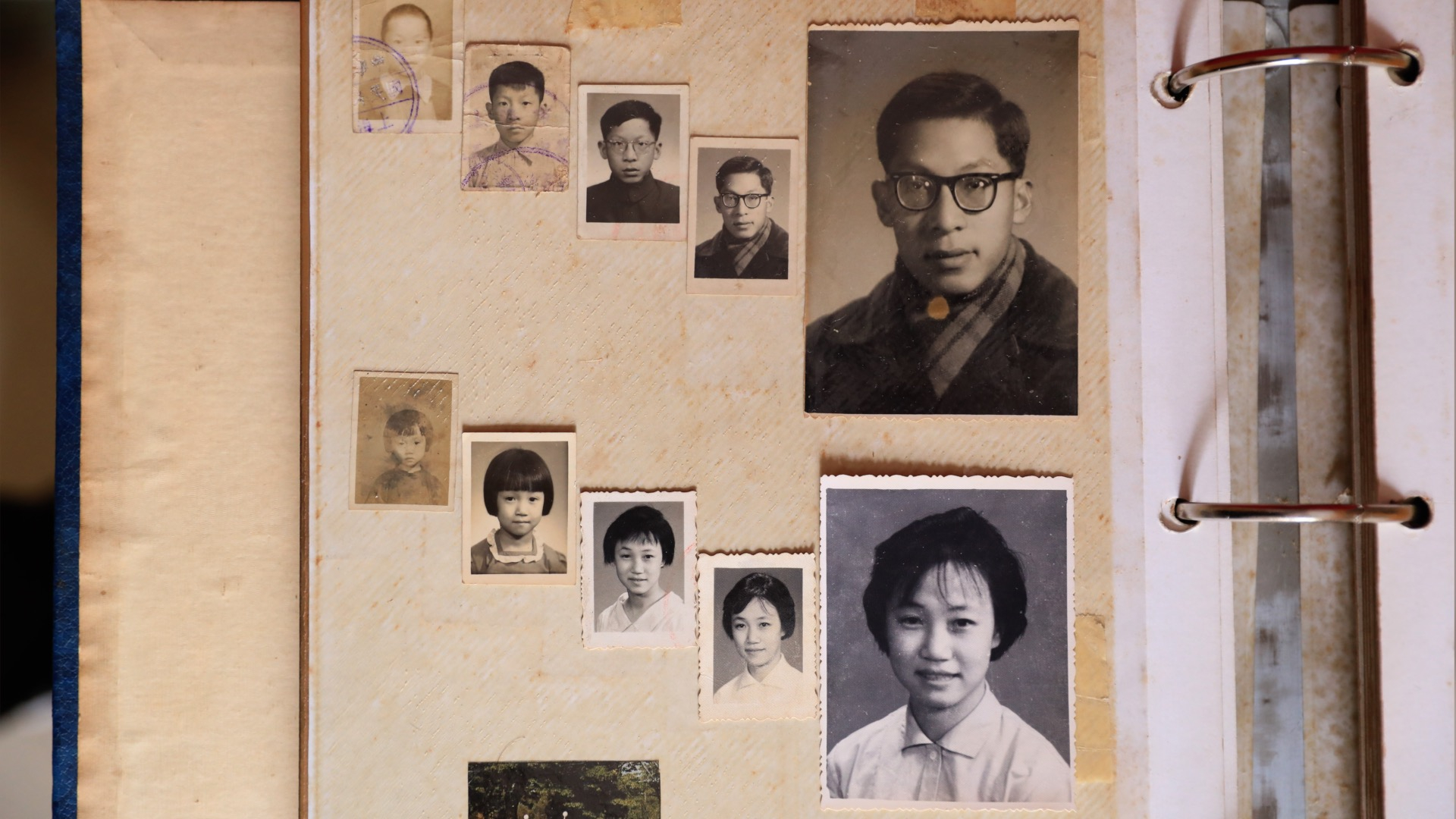
Chen Zhongyi and Yu Feng's photo album /Photo courtesy of Yu Feng
Chen Zhongyi and Yu Feng's photo album /Photo courtesy of Yu Feng
Plants, painting and Guangzhou
In the 1970s, China sought professional talents to draw for Flora of China, a scientific publication illustrating the country's native plants.
Feng Zhongyuan (1917-2011), leader of botanical drawing at SCIB in Guangzhou, started a training class open to all Chinese universities and colleges. He cultivated dozens of botanical artists - including Yu Feng- after being asked by the editorial board of Flora of China, making a great contribution to the project.
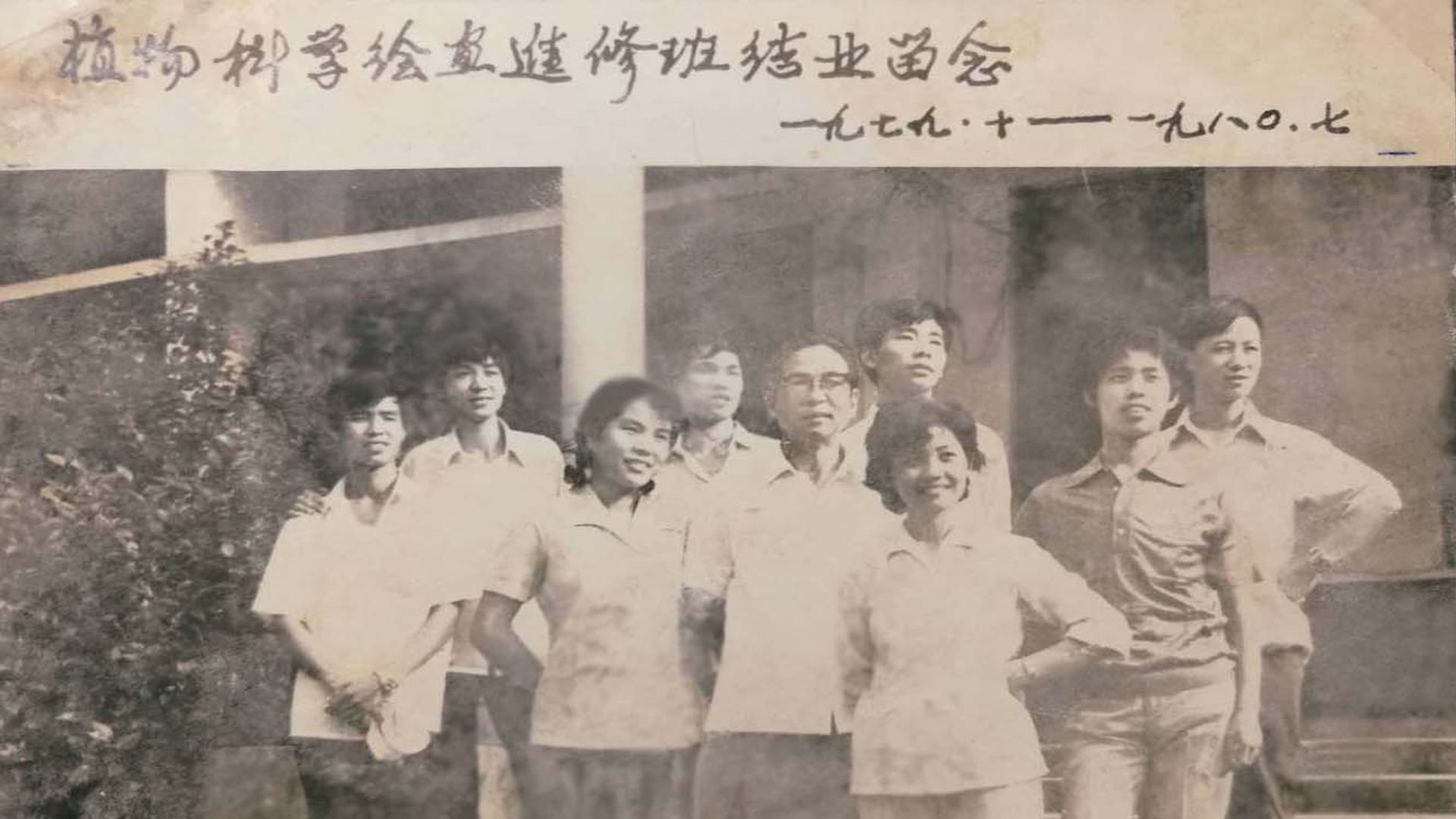
Feng Zhongyuan (C) and students from training class in 1980 /Photo courtesy of Feng Zhongyuan
Feng Zhongyuan (C) and students from training class in 1980 /Photo courtesy of Feng Zhongyuan
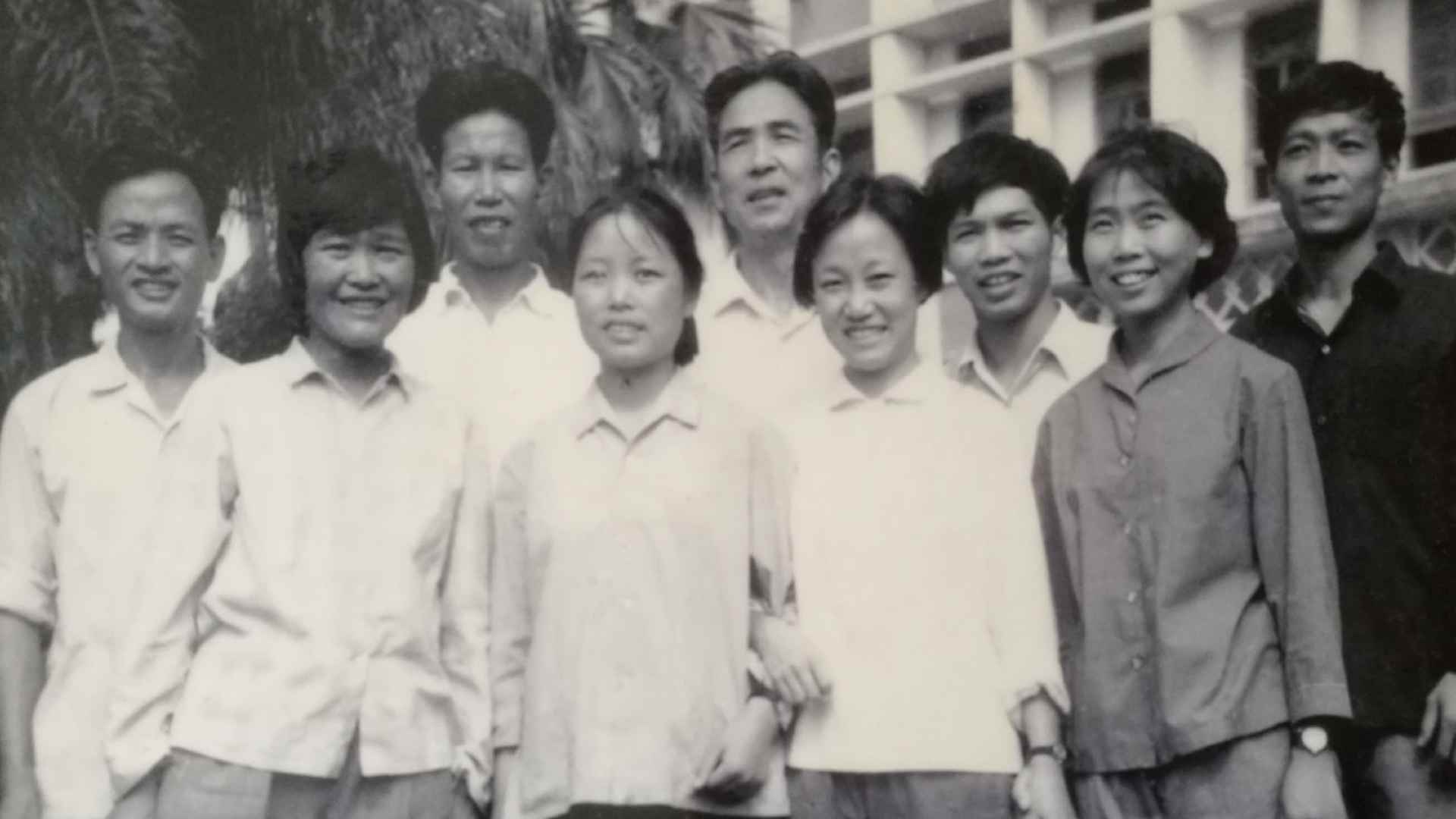
Yu Feng (second to right) at training class
Yu Feng (second to right) at training class
Guangzhou, the only treaty port in China from the 1750s to 1850s, has long attracted plant enthusiasts and Western painters, according to Yu.
In Europe there was a feverish interest in Chinese plants during that period and some Guangzhou residents were hired by foreigners and trained to draw botanical paintings as well as collect the plants. Named the “Guangzhou Export paintings,” the works were sold abroad and remain on show in many Western institutions.
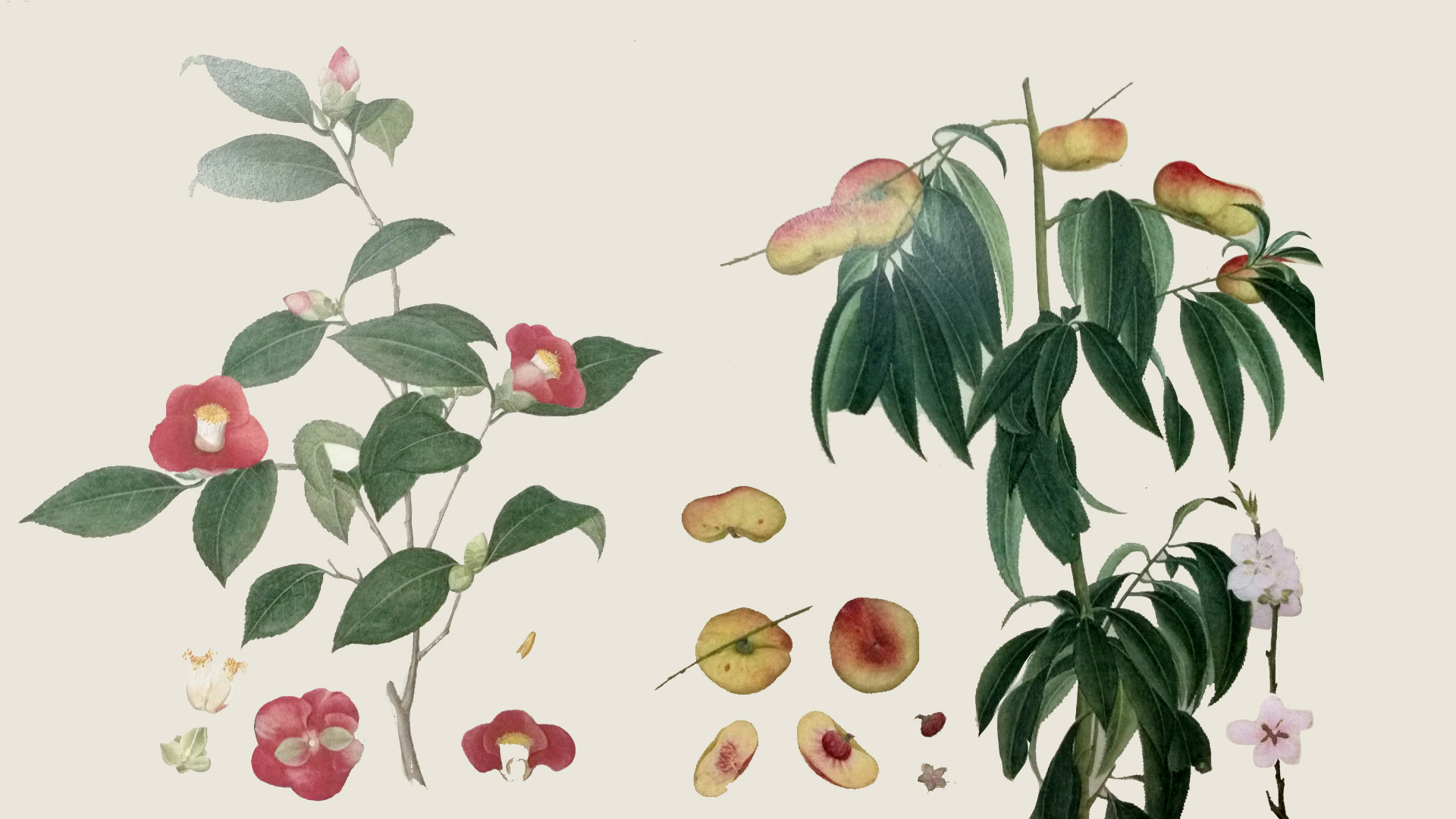
Guangzhou Export paintings /Photo courtesy of Yu Feng
Guangzhou Export paintings /Photo courtesy of Yu Feng
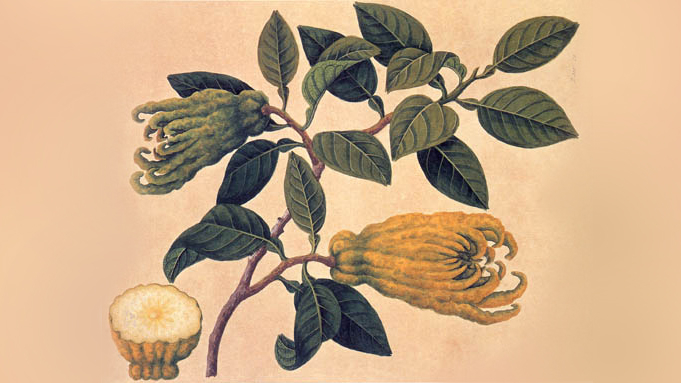
Guangzhou Export paintings
Guangzhou Export paintings

Guangzhou Export paintings
Guangzhou Export paintings
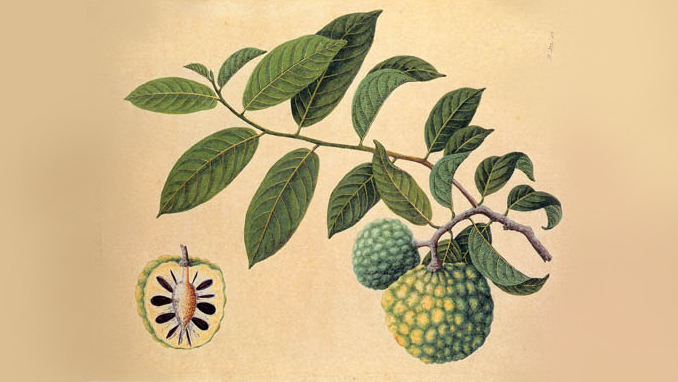
Guangzhou Export paintings
Guangzhou Export paintings
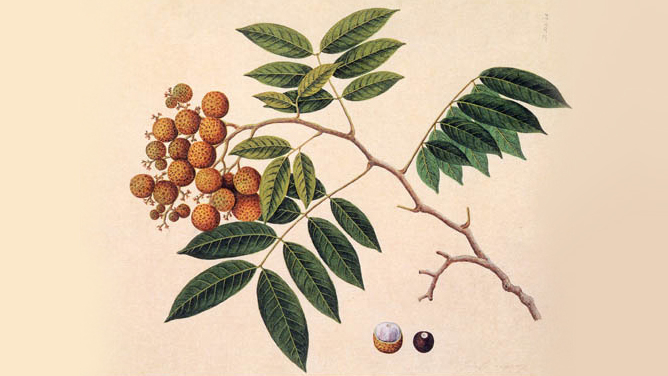
Guangzhou Export paintings
Guangzhou Export paintings
The Artist
Four generations, including more than 300 botanists and 100 artists, contributed to Flora of China. However, only a dozen botanical artists work professionally today. “Artists need to make a name for themselves eventually. But we aren't able to be famous as botanical artists,” said Yu Feng.
Botanical paintings need to show both the scientific features and artistic value of plants. Neither the science nor beauty can be neglected.

Yu Feng /Photo courtesy of Yu Feng
Yu Feng /Photo courtesy of Yu Feng
The older generation of artists, who contributed to Flora of China, gave their original paintings to a publishing house. However, the publishers discarded the papers after the book was released. A man who knew the paintings were of great value salvaged a large number and auctioned them.
“I don't want to sell my paintings. But I hope an organization can keep and collect them,” said Yu.
The Scientist
As one of the first government-sponsored overseas academics after China's reform and opening-up, Chen Zhongyi worked as a senior visiting scholar at University of British Columbia in Canada and the Royal Botanic Gardens in London. He then returned home, leading research into Chinese Magnoliaceae, Zingiberaceae and mangrove forest.

Chen Zhongyi at the University of British Columbia /Photo courtesy of Chen Zhongyi
Chen Zhongyi at the University of British Columbia /Photo courtesy of Chen Zhongyi
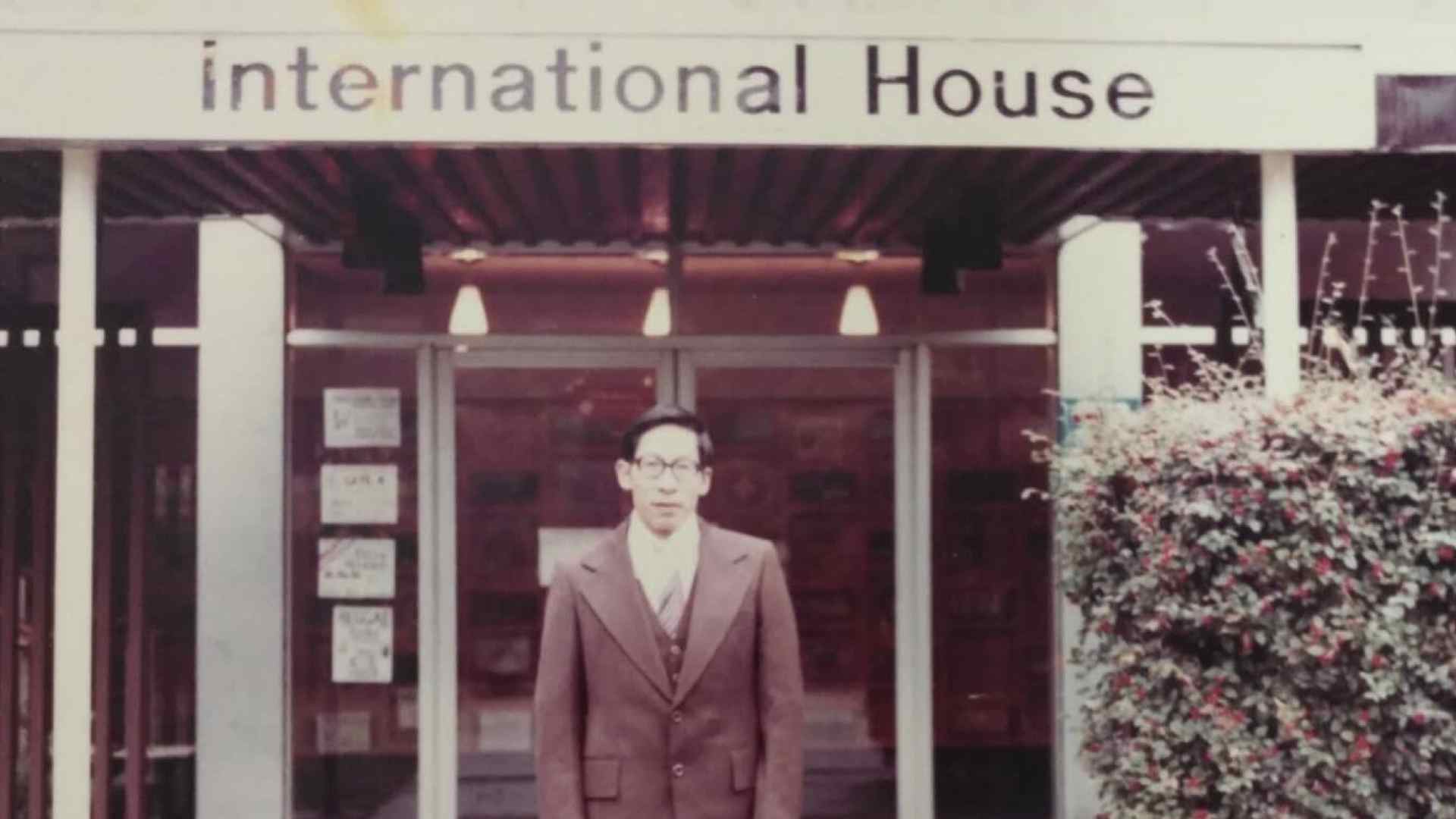
Chen Zhongyi at University of British Columbia
Chen Zhongyi at University of British Columbia
Identifying and classifying plants is the fundamental job of a plant taxonomist.
Chen and senior engineer Chen Shengzhen spent 22 years researching just one new species, Alpinia Rugosa. Finally the new research was published in Novon, the Journal for Botanical Nomenclature from the Missouri Botanical Garden in 2012, honoring Chen Shengzhen, who had passed away by then.
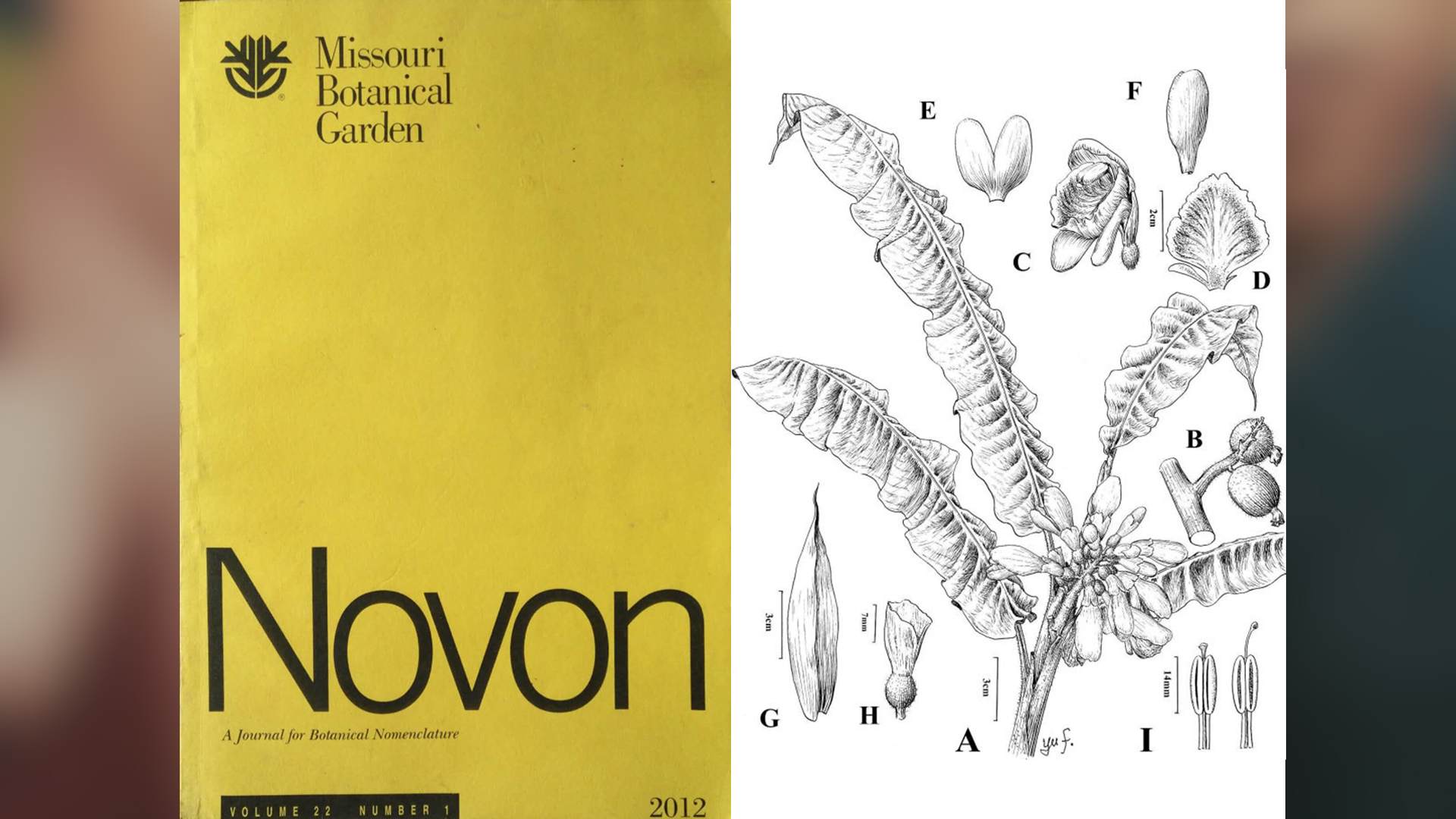
The new species Alpinia Rugosa (right) published by Novon /Photo courtesy of Yu Feng
The new species Alpinia Rugosa (right) published by Novon /Photo courtesy of Yu Feng
The botanical trilogy
Yu and Chen have learned together, worked together, and supported one another for nearly half a century.
After Chen and Yu retired, they linked arms on a book about Chinese Zingiberales.
It contains 87 botanical paintings by hand from four artists at SCIB: Yu Feng, Deng Yingfeng, Yu Hanping and Deng Jingfa. Chen wrote the Chinese-English bilingual description of the plants. Sadly, Deng Yingping and Deng Jingfa have now passed away.
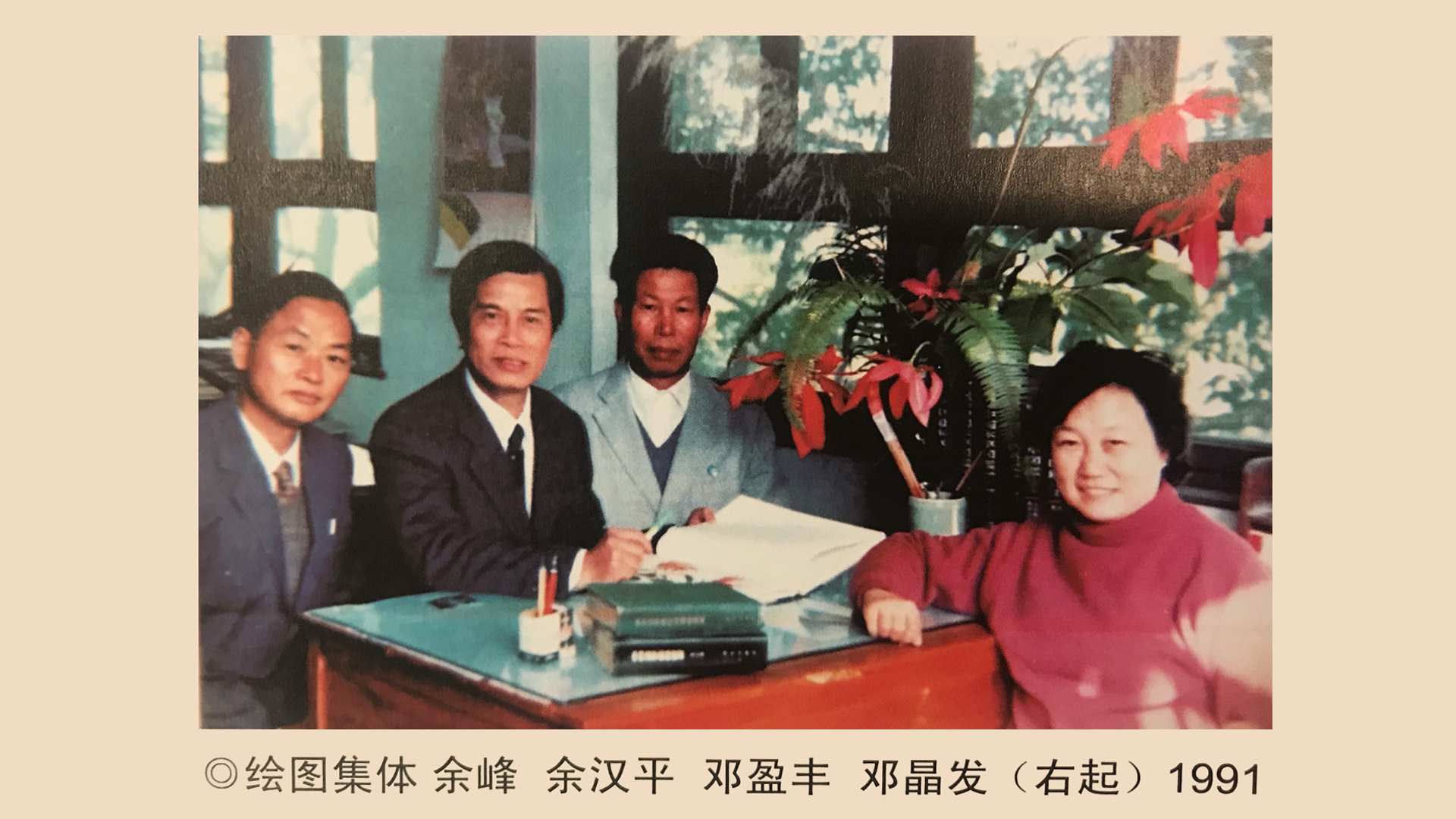
Botanical artists at the South China Botanical Garden in 1991 /Photo courtesy of Yu Feng
Botanical artists at the South China Botanical Garden in 1991 /Photo courtesy of Yu Feng
The former director of SCBG, Chen Fenghuai (1900-1993), called for three books of botanical paintings to be published: Magnolia plants, Zingiberales and orchids.
The Magnoliaceae of China was finally published by Liu Yuhu, creator of the magnolia park in SCBG, just one day before he died in 2004.
Chinese Zingiberales was published by Yu Feng in 2012. Now she is working on completing the trilogy, with the book about orchids.
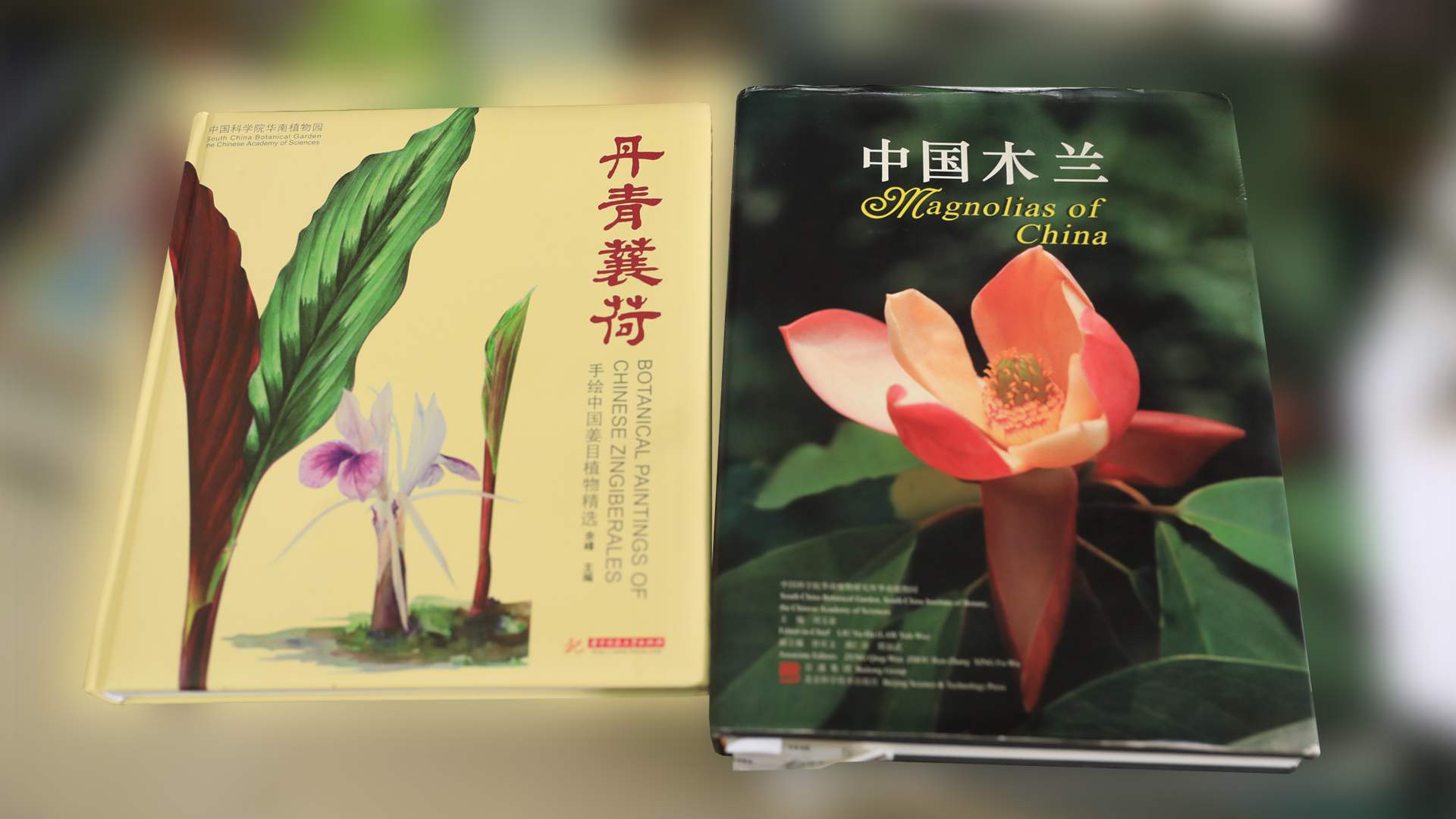
Chinese Zingiberales and Magnolia plants /Photo courtesy of Yu Feng
Chinese Zingiberales and Magnolia plants /Photo courtesy of Yu Feng
Our plant life: science, art and love
"A difficult environment can sharpen one's wits, which is the experience and history we have had from past to present," said Chen Zhongyi.
After all the tribulations they've been through, Chen and Yu have high expectations for youngsters and the future of Chinese botanical research.
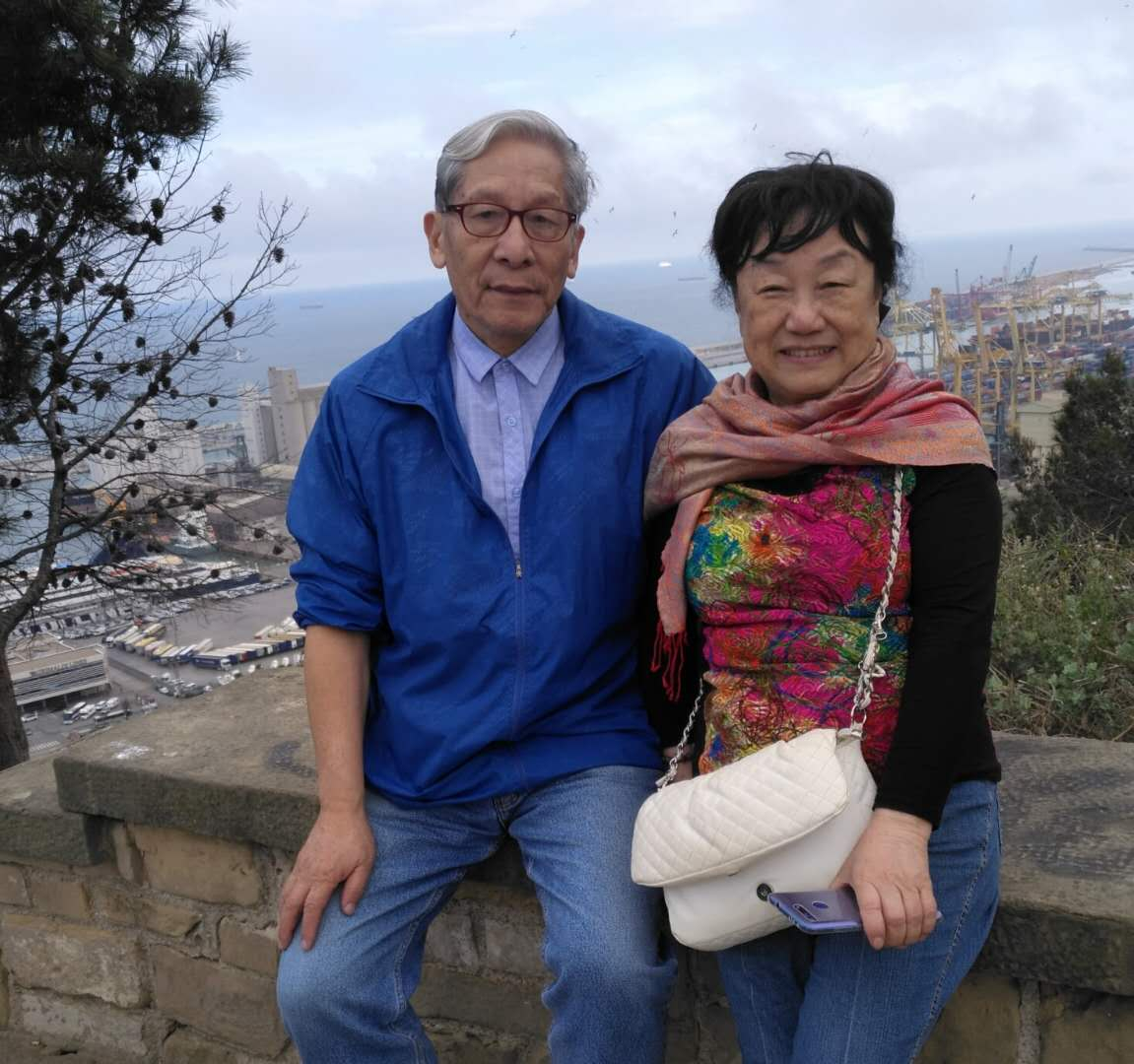
Chen Zhongyi and Yu Feng on a trip to Spain in 2019 /Photo courtesy of Yu Feng
Chen Zhongyi and Yu Feng on a trip to Spain in 2019 /Photo courtesy of Yu Feng
“We expect youngsters to lay the groundwork to build a better future for our country, which boasts many world class gardens. We hope more people will learn about plants through the Beijing Horticultural Expo 2019. We hope the public love our gardens and nature.”
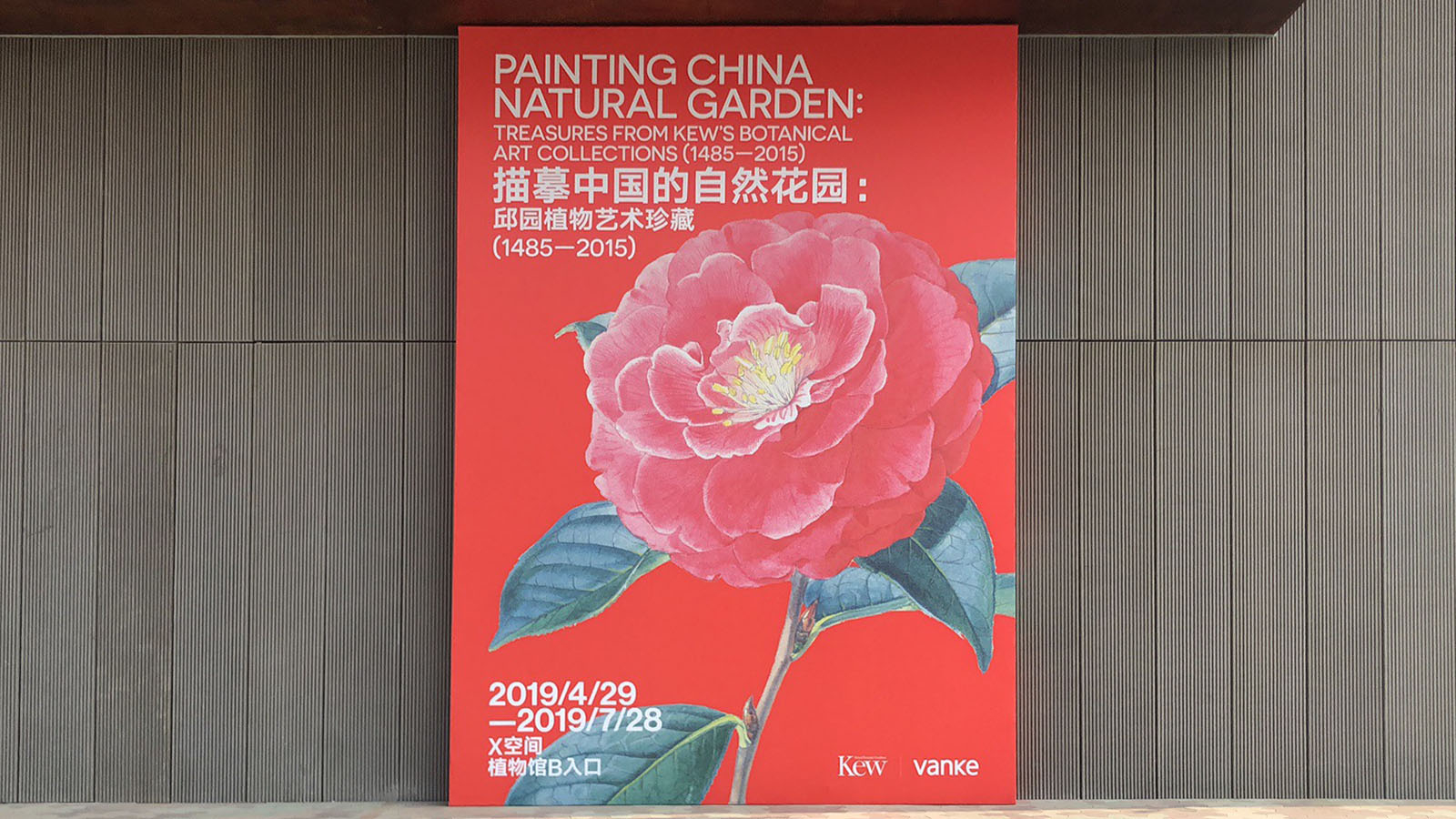
Poster of the exhibition "Treasures from Kew's Botanical Art Collections" /Photo courtesy of Yu Feng
Poster of the exhibition "Treasures from Kew's Botanical Art Collections" /Photo courtesy of Yu Feng
"Treasures from Kew's Botanical Art Collections (1485-2015)" is now on show at the Beijing Horticultural Expo. It's the first time the Royal Botanic Gardens has exhibited in China, and features some valuable "Guangzhou Exporting Paintings" – a reminder of the southern city's role in the story of Yu, Chen and botany in China.
Director: Mi Xue
Editor: Mi Xue
Filmed by: Qi Jianqiang
Designer: Li Xiaojie
Article Written by: Mi Xue, John Goodrich
Copy Editor: John Goodrich
Producer: Zhang Xiaohe, Wen Yaru
Chief Editor: Chen Ran, Wang Dewei
Supervisor: Zhang Shilei























